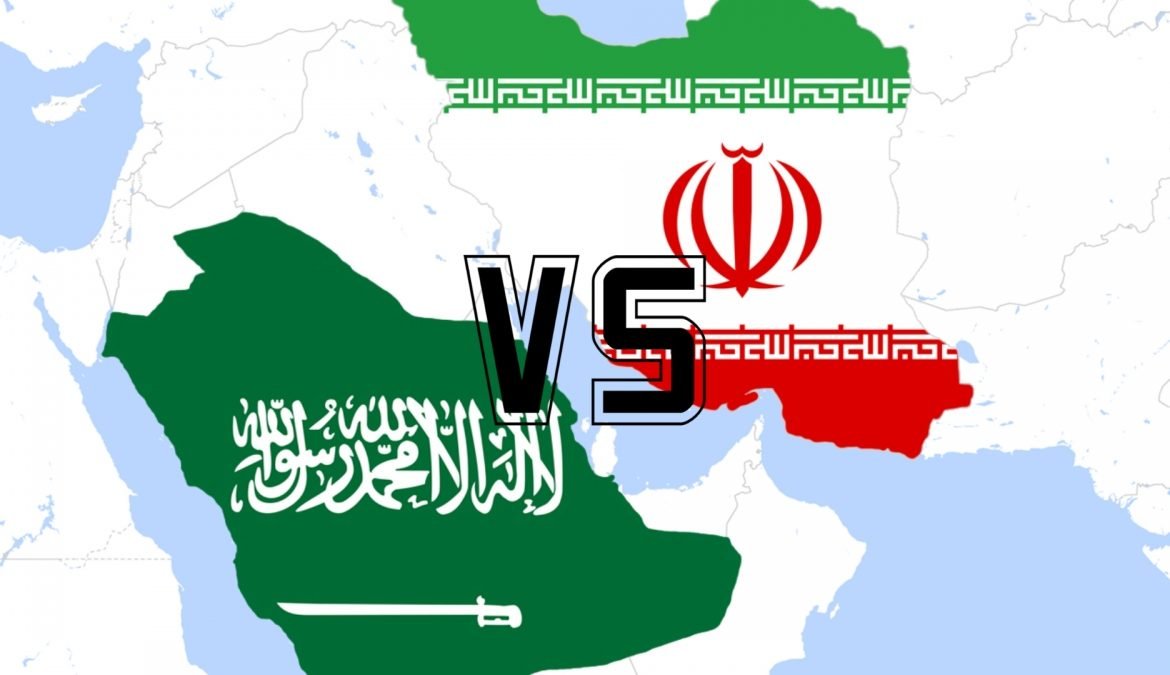The owner of Iranian oil tanker the Sabiti reported on 11 October that the vessel had sustained two missile strikes within 30 minutes, damaging two of its oil tanks and leading to a spill. The ship, however, retained its ability to sail and will reach Iranian waters in a week.
The spokesman of the General Directorate of Saudi Arabian Border Guards stated that the country had received a distress call from the captain of Iranian oil tanker the Sabiti, reporting that it had sustained damage to its tanks and experienced a subsequent oil spill, the Saudi Press Agency reported.
The spokesman added that the country’s authorities were unable to reach the ship via communication channels.
“After analysing the information by the coordination centre with the aim to provide any necessary assistance… [the ship] shut off its tracking system without responding to the centre’s calls”, it said.
The border guards further stated that Riyadh reaffirms its “commitment to the security and safety of maritime navigation” in the region.
The Iranian oil tanker, the Sabiti, suffered two attacks in the Red Sea, just 100 kilometres from the Saudi port of Jeddah. The vessel’s owner, the National Iranian Oil Company (NIOC), denied earlier reports of the missiles allegedly being fired by the Saudis. The consequences of the attack were limited, with the vessel embarking towards the Iranian island of Larak using its engine, according to Refinitiv shipping data. The CEO of the NIOC later stated that the ship will reach Iran’s waters within a week.
Iranian government spokesman Ali Rabei said on 12 October that Tehran will give an “appropriate response to this cowardly attack”, but will not make “haste”, taking time to examine the incident carefully in order to determine the culprit behind it.
This is not the first time that oil tankers are attacked in the region. On two separate occasions, vessels from Saudi Arabia, the UAE, and Norway have been damaged by unknown perpetrators, leaving them crippled. The UAE conducted an investigation into one of the incidents and determined that a “state actor” was likely behind it, but failed to determine which country.



